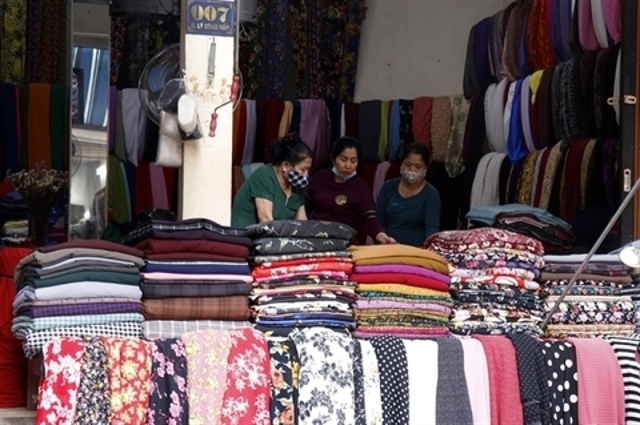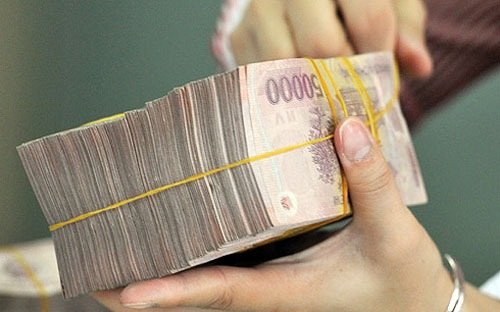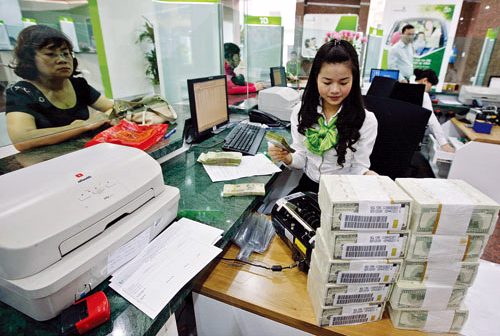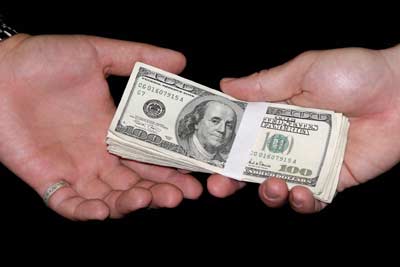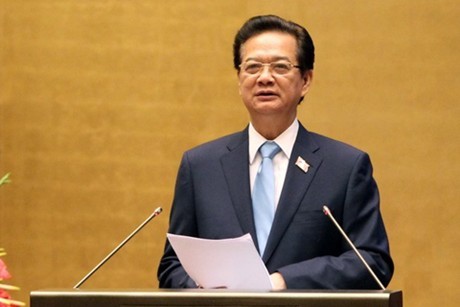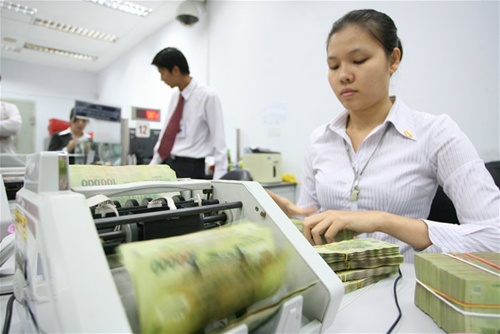Bad debt ratio to be slashed to 3 per cent
Bad debt ratio to be slashed to 3 per cent
The Government has proposed to the Party Central Committee and the National Assembly a scheme that would reduce bad debts in the nation's banking system this year to three per cent of total lending.
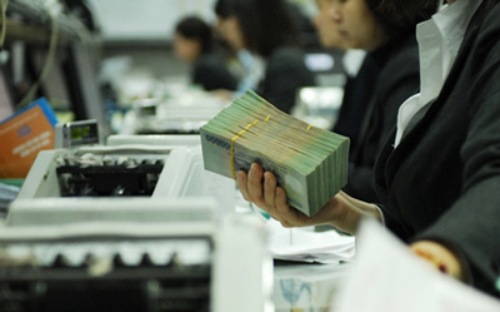
This response to a question collectively asked of Prime Minister Nguyen Tan Dung by deputies Ha Si Dong, Le Dac Lam, Dang Dinh Luyen, Nguyen Duc Thanh and Vu Tien Loc at a National Assembly session last November has been published on the Government website.
Explaining the bad debt situation, the Prime Minister said that after the 1997-1998 Asian financial crisis, there was a huge demand for investment capital and the first decade of the 21st century (2001-2010) saw the credit market booming with an annual growth of up to 30 per cent.
However, poor business administration by both creditors and businesses, coupled with the world economy falling into recession, hit domestic firms across the board, including finance, real estate, production and trade sectors, and bad debts spiraled, the PM said.
Data compiled by the State Bank of Viet Nam (SBV) shows that in September 2012, bad debt accounted for 17 per cent of loans issued by commercial banks, and its impact was felt far and wide in the society: business and production slowed down; unemployment increased; liquidity reduced; a number of banks were pushed to the verge of bankruptcy, and life became harder for everyone.
The situation prompted the central bank to intervene. It worked with concerned ministries and creditors to classify and restructure bad debts. As a result, as of last October, 54.3 per cent of the bad debts left over from September 2012, worth VND465 trillion (US$21.8 billion), had been sorted out.
A significant portion of this debt (VND95 trillion, or $4.45 billion) was bought by the Viet Nam Asset Management Company (VAMC) set up for this purpose.
Thanks to these efforts, the bad debt ration dropped from 17 per cent in 2012 to 5.4 per cent last September, Dung said.
The restructuring of creditors was also done in tandem with bad debt management. Nine commercial joint-stock banks have been restructured and the number of creditors has decreased by five so far through mergers and acquisitions.
PM Dung praised the bad debt clearance that has been done so far, citing a common practice in other developed countries whereby the State sets aside a portion of its budget to handle bad debts with an adequate legal framework and a developed financial market.
"Handling bad debts is still something new in Viet Nam and it will take time to adapt because of our incomplete legal framework in this regard," he said, noting that, despite its inexperience, State Budget funds would not be spent for this purpose.
For bad debts to drop to three per cent, a ratio considered acceptable for a market-oriented economy like Viet Nam, the current legal framework needed to be improved, particularly regulations on the buying and selling of debts and collateral assets, obligations of the debtor and rights of the creditor, the PM said.
"As this happens, the financial capacity of VAMC should be increased," he added.
He also stressed the strong need to develop a debt market, for which incentives should be given to interested national and international investors, especially strategic partners involved in the restructuring of creditors and businesses.
The restructuring of creditors should continue, with weak players enabled to enhance their administration and improve their performance, requiring them to publicise their ownership and bad debt status, he added.




